A simple electric train made of neodymium magnets, copper wire and a dry cell battery. It runs not only inside but also “outside” the coil.
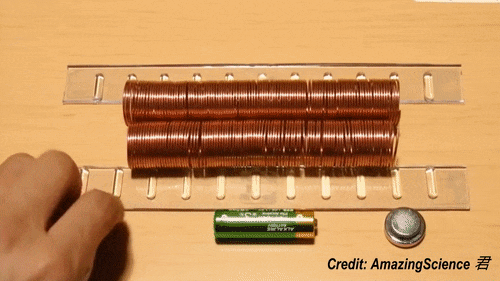

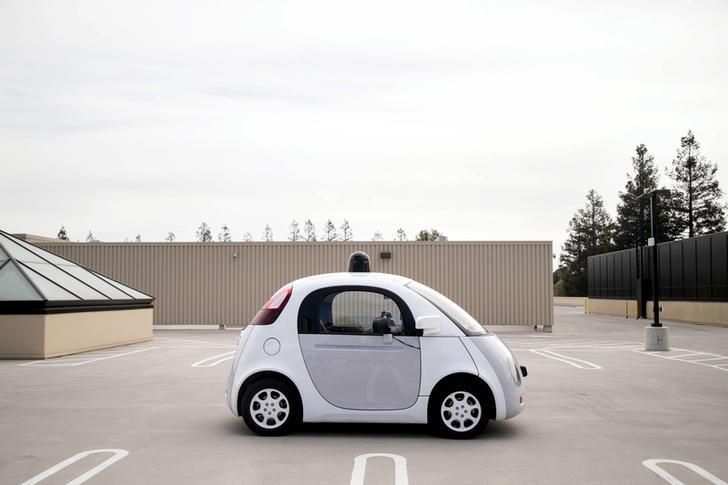
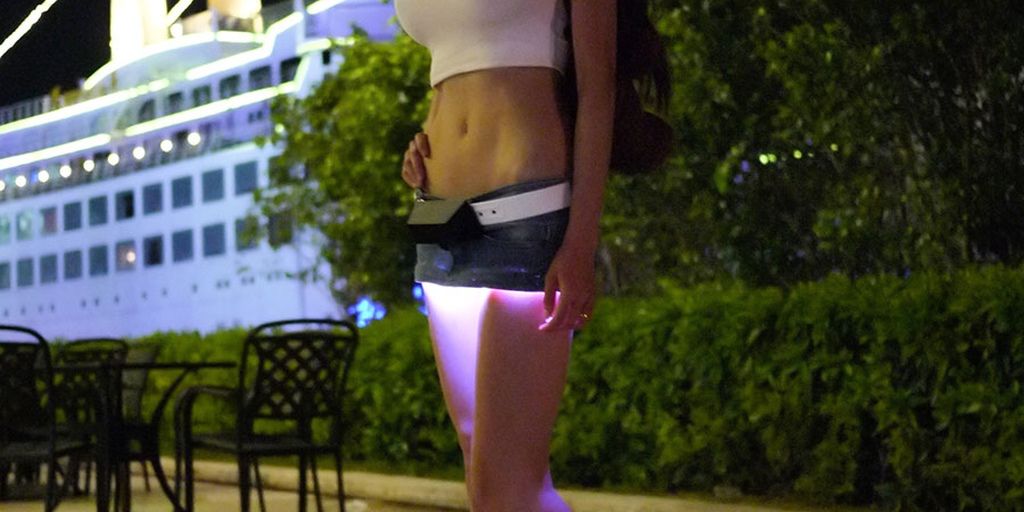
The Internet full of incredible DIY projects that make you wish you had the years of experience required to build your own Batmobile, flaming Mad Max guitar, or hoverboard. Thankfully with the underlit miniskirt, we’ve come across a DIY item that looks awesome and is still easy to make.
This wearable was inspired by the Hikaru skirt, a programmable LED miniskirt that took certain corners of the Japanese Internet by storm earlier this year.

I have been encouraging my nephews to consider this as well.
After nearly three decades of searching for ways to build superfast computers that operate on the principles of quantum mechanics, the reality of a fully-fledged quantum computer is moving closer, says professor Andrew Yao Chi-chih, dean of the Institute for Interdisciplinary Information Sciences, Tsinghua University, Beijing.
“Quantum computing is no longer viewed as a fad, or a scientist’s pie in the sky,’’ Yao told an audience of students, faculty, and invited guests during his presentation at a Hong Kong University of Science and Technology (HKUST) 25th Anniversary Distinguished Speakers Series event on January 28. Yao also took the opportunity to explain his rationale for quantum computing to be recognised as a Great Science. “Great Science involves the intersection of different scientific disciplines to create new knowledge that allows the exploration of the previously unimaginable,’’ stressed Yao, adding that Great Science also lifts the human spirit.
Yao believes computers built on the principles of quantum physics could revolutionise the information processes used for a range of applications, including precision weather forecasting and replacement aircraft fuselage wind tunnel testing. He also pointed out that increasingly powerful computers are needed to solve fresh challenges.
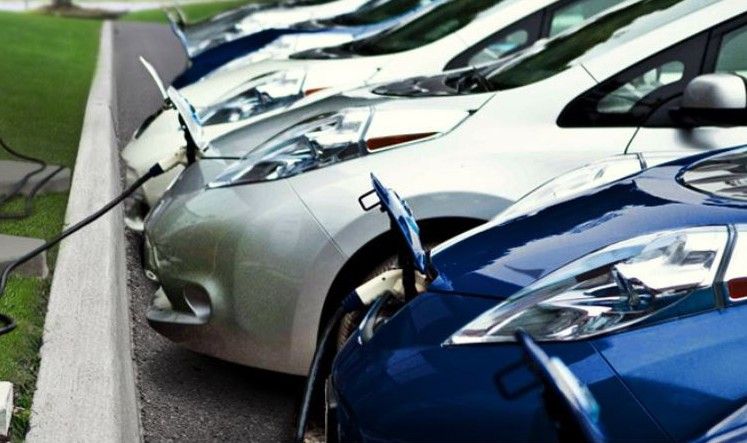
The person in the article is not very smart. 1st you never offer a tempting challenge to a hacker in public forum. I have known too many and followed to many since the 80’s. 2nd, house burgulars are not even close to the calibur of hackers.
I own a 2013 Nissan LEAF SV with telematics functions known as CARWINGS. CARWINGS connected to my car via an app also called NissanConnect EV that was hacked by Troy Hunt and came into to the news this week. Nissan issued two different statements about the hack and eventually shut off the app completely.
LEAF owners are concerned that because the app was easy to-hack with the LEAF’s VIN number that access could be used for malicious use.
The LEAF’s VIN number can be clearly seen through the windshield.
After that stem-cell synth yesterday, we’re in the mood for some serious bodymods—so let’s take it from Cronenberg and into Gibson. Software company Chaotic Moon is currently working on tattoos made with conductive ink, which they’re calling Tech Tats. While still mainly used in the medical field, we can already imagine a fully developed 303 implemented under your skin. Who needs a hoverboard when you can make acid with a tattoo?
(via designboom)
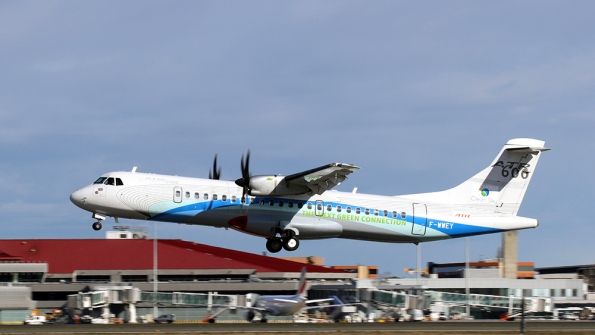
European turboprop aircraft manufacturer ATR said a prototype ATR 72 conducted a demonstration flight to test an all-electrical energy management system that aims to optimize electrical power distribution.
The flight is the second the ATR 72 demonstration aircraft has flown as part of the European Union’s “Clean Sky Joint Undertaking” program. The first test flight by the ATR 72 prototype, conducted in July 2015, trialed “new and more effective composite insulation materials and new vibro-acoustic sensors integrated into a large panel of the ATR aircraft fuselage,” ATR said in a statement.
The manufacturer said the two demonstration flights “also tested new generation optical fibers for improved identification of micro-cracks and easier maintenance.”
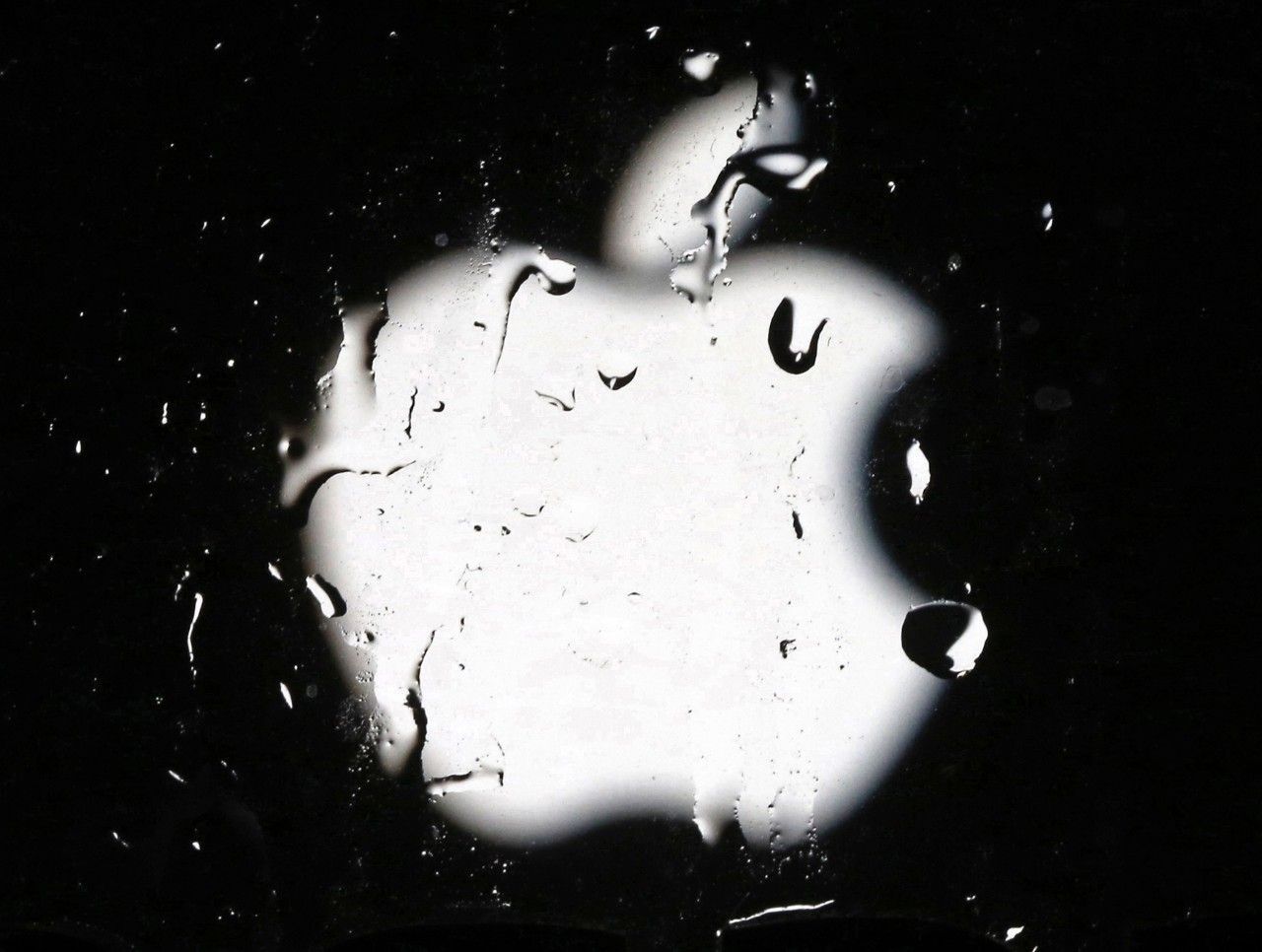
A new US Mystery has emerged at Apple. Wonder what it could be?
Strange sounds emanating from a mysterious building in the dead of night. White cars following families as they walk their dogs nearby. Science fiction movie? No, just Apple’s latest project.
Residents of Sunnyvale, Calif., who live near a complex of buildings Apple started occupying in 2014 tell the San Jose Mercury News it’s clear something is going on at the complex, where the sheet metal fences are 12 feet high and security is intense, but no one knows what.
One local says he hears “bangs,” “thumps,” and beeping (like a truck when it backs up) in the wee hours; another says he hears what sounds like a person “waving around” a big piece of sheet metal.
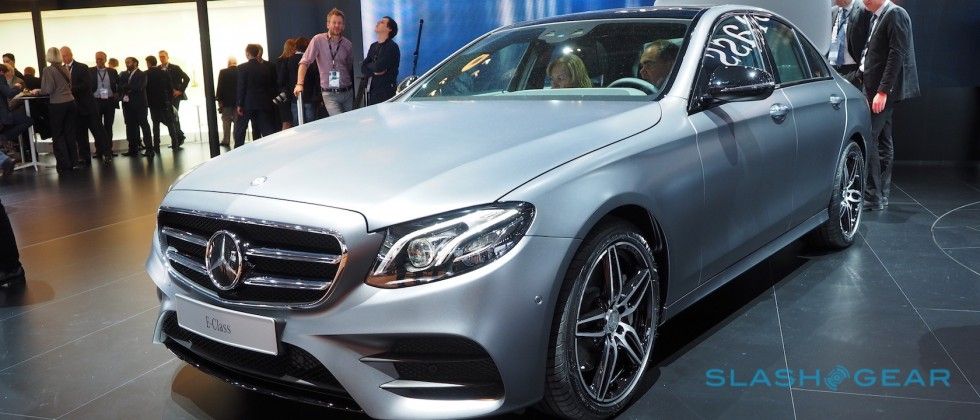
No Robots Please says Mercedes; at least for their manufacturing teams that does specialized/ custom work.
Our dystopian all-robot future just got hit with a minor setback: Mercedes-Benz is ditching some of its robot workers in favor of humans, citing the human ability to move faster and perform a wider array of tasks. The reason largely revolves around Mercedes’ increased array of customization options — there are so many different individualization options at the moment that robots aren’t able to deal with them all. Humans, the auto maker says, are saving the company money.
Mercedes’ individualization options include things like various tire valve caps, trim, and cupholders, small but significant aspects of the vehicles that robots aren’t easily able to switch between. According to Daimler AG’s Markus Schaefer, “The variety is too much to take on for the machines. They can’t work with all the different options and keep pace with changes.”
Robots are good at doing rote tasks — the same thing over and over again with an exact precision. While humans aren’t so good at that, they are better at adjusting to new demands — Daimler would have to deal with weeks of down time every time it needed to change the assembly and reprogram the robots, whereas humans can adjust to new demands in a single weekend.

Congress held a meeting today on what NASA’s overall purpose should look like under the next few presidents. But agreement on just what that purpose might be—as witnesses discussed everything from the planned Mars trip to a proposal for a space station hotel—seemed far away.
“If we treated the Air Force like we do NASA, we’d have no flying aircraft. We cannot decide every few years what we want the purpose of the space program to be,” said former NASA administrator Mike Griffin to the House Committee on Science, Space, and Technology this morning.
The Mars mission was a topic of heavy discussion. At one point, Congressman Ed Perlmutter (D-CO) waved a MARS 2033 bumpersticker over his head (whether he brought it with him to the meeting for that specific purpose, or simply has it on him at all times was unclear)—only to have his colleague Congressman Jim Bridenstine (R-OK) snap that perhaps Republicans should print their own Mars 2032 bumper stickers.